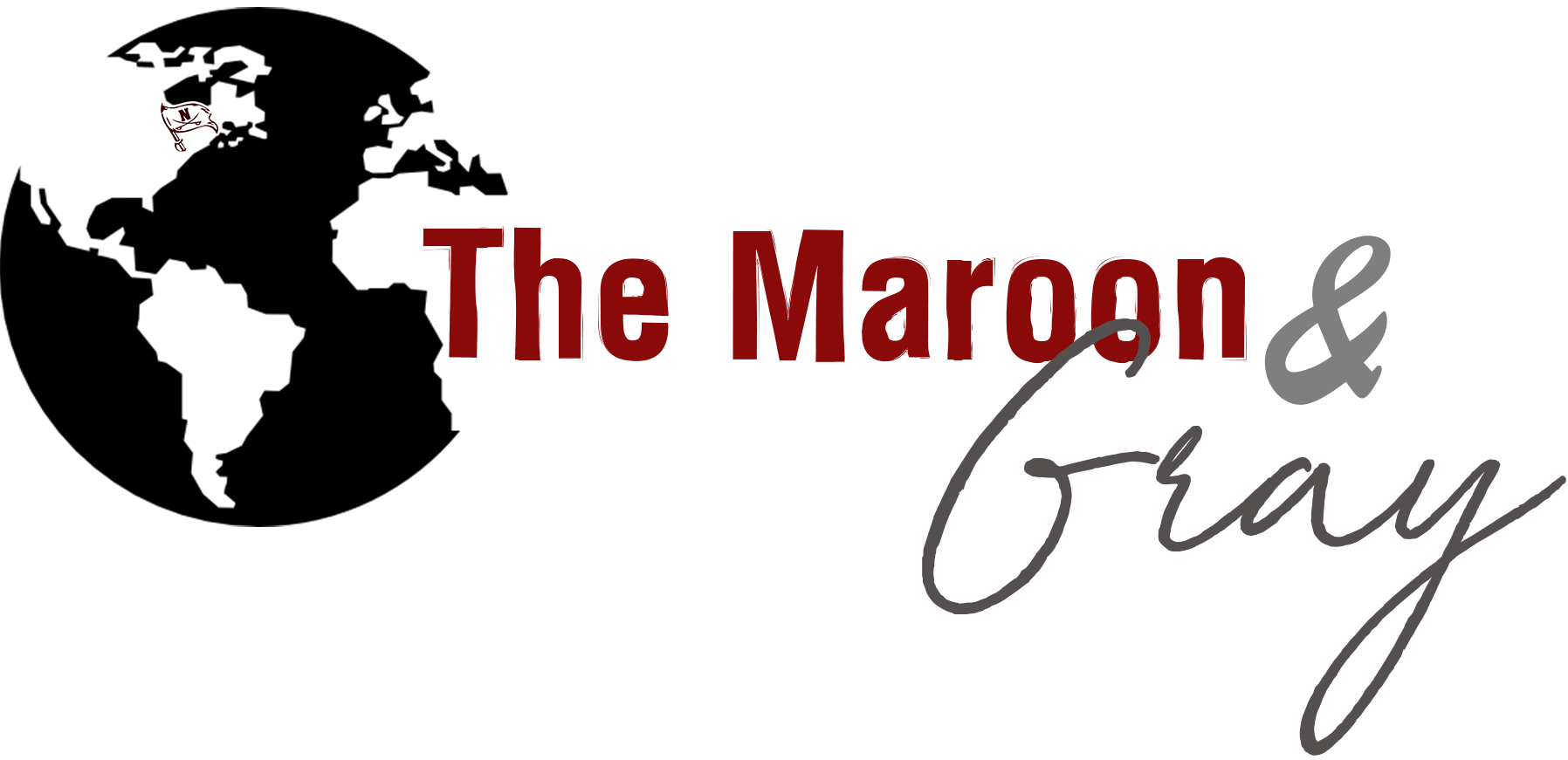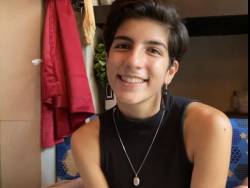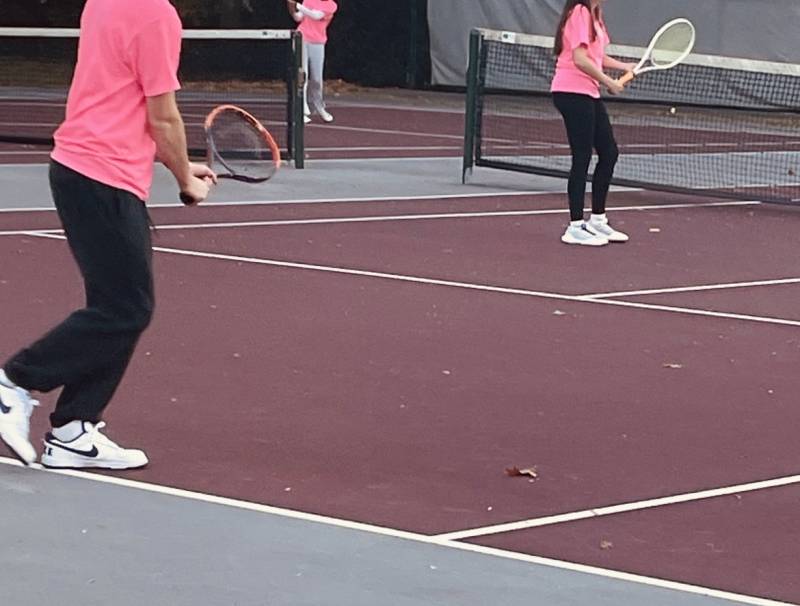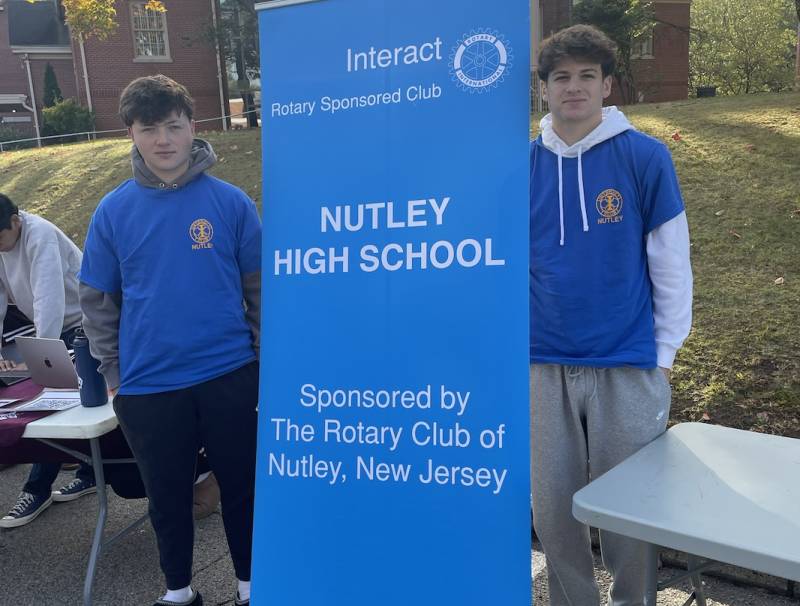India's COVID-19 Crisis Spirals Out of Control. It Didn't Have to Be This Way...
In February, it appeared India had gotten Covid-19 under control, with daily cases falling nearly 90% from the peak of the first wave last year.
Now, the country is experiencing the world's worst outbreak, with new cases surging past 400,000 per day and breaking the record for the highest single-day figure globally.
On the ground, these numbers translate to heart-wrenching tragedy. Photos show grieving families dressed in full protective suits at mass cremations, performing last rites surrounded by dozens of other burning funeral pyres. Hospitals have run out of basic medical supplies, with many patients dying due to oxygen shortages. Family members are driving from clinic to clinic, frantically searching for open ICU beds for their loved ones.
The government scrambled to respond to the crisis, with countries around the world offering aid.
"There are some epidemiological estimates that say we are closing in on a peak, but these are all projections," said Chandrika Bahadur, Chair of the Lancet Covid-19 Commission India Task Force, on May 3. "So it's hard to tell whether the peak will come in the middle of May ... or whether it will take a little bit longer."
But even if the wave peaks and daily case figures decline, scientists warn that the country will continue to see high mortality throughout the month, since deaths lag behind the rise in infections.
How did it get so bad?
Infections began creeping upward in early March, but accelerated rapidly as the number of daily cases by the end of the month had jumped six times higher than at the start of the month according to New Delhi medical reports. This exponential rise has continued into May.
The second wave hit so much harder because people were unprepared, health officials say. The first wave peaked in September, and daily cases declined steadily in the following months; the apparent recovery seemed so successful that the country's health minister declared in early March they were "in the endgame" of the pandemic.
And the country's vaccination drive, among the world's largest and most ambitious, got underway in January.
Residents relaxed Covid-safe practices like social distancing, and authorities were more lenient in their enforcement. Although some states stayed cautious and made preparations for a second wave, none of it was enough -- and nobody foresaw the massive coming wave.
"No one saw the extent of the surge," said K. VijayRaghavan, Principal Scientific Adviser for the Indian government. "As the previous wave came down, there was in all of us a feeling that this was something which had been dealt with substantially. We saw signs of a next surge, but the scale and the intensity of it was not clear."
The crisis was made worse by a slow response from the central government. Though some state ministers and local authorities began taking action in February, there appears to have been a vacuum of leadership within the central government, with Prime Minister Narendra Modi staying largely silent on the situation until recent weeks.
Modi finally broke his silence on April 20, acknowledging the urgency of the situation in an address to the nation, and launched several emergency measures to relieve the burden on states and hospitals. But by then, some critics say, the damage was already done.
“Only 34% of deaths are happening in hospitals and facilities,” said Dr. Hemant D. Shewade, a doctor specializing in community medicine, meaning many fatalities that occur at home or elsewhere may be missed in the official count.
"Our case detection rate is around 3.6%," he added. "I can safely say that our estimated Covid deaths are five times [the reported figure]."
Where is it happening?
New Delhi, the national capital, was badly hit by the second wave. The union territory of Delhi, where New Delhi is located, was placed under lockdown on April 19, a move that has since been extended several times.
The New York Times reported that hospitals across Delhi are reporting fatal oxygen shortages. Eight people, including a doctor, died at a local hospital after the facility ran out of oxygen on May 1. The same problem saw 20 critically ill patients die at a nearby hospital on April 23.
The western state of Maharashtra has been cited as the worst affected, with several restrictions in place including weekend lockdowns. Public gatherings were capped at four people, while public transit across districts and within cities was limited to essential services and "unavoidable events" like funerals. Restrictions had to be extended several times but were ultimately removed on May 15.
As of May 11, at least 24 of India's 36 states and union territories are under some form of Covid restrictions, according to CNN data compiled from state governments. Apart from Delhi, a number of states and territories imposed local lockdowns, including Haryana, Uttar Pradesh, Bihar, Gujarat, and Kerala.
Who's being affected?
Current Covid patients span nearly every age group, including young people, New Dehli health experts say.
"The virus and its second wave is hitting the younger people, and even children, in a way it had not in its first wave," said Barkha Dutt, an author and journalist based in New Delhi. "We've met 18-day-old babies that are fighting for their lives inside ICUs."
However, government statistics show that young people are not being affected more during the second wave than they were during the first. In both waves, young people made up a similar percentage of all patients, the apparent rise in young patients could be due to the overall case figures beginning so much higher than previously reported.
The highest mortality, however, is still seen among patients aged 70 and above, said Dr. Lancelot Pinto, a consultant pulmonologist at P.D. Hinduja Hospital in Mumbai, "which means that we need to be protecting the elderly by providing critical care."
What about the variants?
Scientists are still studying a coronavirus variant first identified in India called B.1.617, to gauge what effect, if any, the mutation has.
The World Health Organization has classified it as a variant of concern, saying on May 10 that it shows a possibility of increased transmissibility.
India's National Center for Disease Control (NCDC), as well as top epidemiological experts in the country, have previously said that the surge in cases in some states showed a correlation with the rise in the variant.
"In Maharashtra, we saw [the Indian variant] go up, we saw an outbreak. We are seeing it go up in Delhi, we are seeing an outbreak," said Anurag Agrawal, Director of the Institute of Genomics and Integrative Biology, at a webinar in April.
Crowded areas in hard-hit cities that saw nearly 50% antibody levels during the first wave were still reporting positivity rates of more than 25%, Pinto said in April. "Clearly, it means that any protection against the earlier variant is not useful because of the newer variant spreading faster."
However, the NCDC has cautioned that further research is needed, as there is not enough data or genomic surveillance to determine whether the variant is driving the surge in cases.
"We have not been able to establish the epidemiological and clinical correlation completely yet," NCDC Director Sujeet Singh said on May 5. "This correlation is the main aspect, and without it, we cannot link a particular surge to the variant."
To assess the amount of variant activity occurring in a country, experts believe that between 5% and 10% of all Covid-19 test samples need to be genetically sequenced.
India has sequenced less than 1% of cases, according to Dr. Ashish Jha, dean of the Brown University School of Public Health -- meaning until we have more data available, it's too soon to say what role the variant is playing.
What's happening with vaccines?
India is administering two vaccines domestically: the Oxford-AstraZeneca vaccine, known as Covishield in India, and its homegrown Covexin, developed jointly by Bharat Biotech and the government-run Indian Council of Medical Research (ICMR). In mid-April, India also approved Russia's Sputnik V vaccine.
The country started its vaccination program in January for health care workers and priority groups, and marked its 100th day on April 25, with the goal of fully inoculating 300 million people by August. But the program had a sluggish start, facing logistical issues as well as vaccine hesitancy among the population, especially towards Covaxin, which was approved for emergency use before the efficacy data of its third phase trial were released.
As of May 11, India had administered more than 168 million doses of vaccines, according to data from Johns Hopkins University. More than 34 million people, 2.52% of the country's population are fully vaccinated.
However, India ranks lower than many countries in per capita vaccination, according to CNN data.
Earlier in April, the central government said it would fast-track emergency approvals for vaccines already approved by the World Health Organization or authorities in the US, Europe, Britain and Japan. Companies still need to apply for approval in India, but they will be exempt from having to conduct local safety trials, expediting the process.
Starting May 1, all residents over the age of 18 became eligible for vaccination. Private vaccination providers were also able to sell and administer vaccines.
But state ministers criticized the new measures, pointing out there simply aren't enough vaccines even if more people become eligible. The chief minister of West Bengal, Mamata Banerjee. called the decision "hollow, without substance and a regrettable show of evasion of responsibility by the central government at a time of crisis," adding it could lead to "unscrupulous mechanisms" regarding pricing in the market.
What is the government doing?
The central government leaped into action in late April as the extent of the crisis became clear.
Narendra Modi, prime minister of India, scrambled to deliver more oxygen supplies to states, suspending all oxygen use for industrial purposes to free up stocks for medical use while other supplies come from international aid.
The government said it is also setting up hundreds of oxygen generation plants and is using railways and the military to quickly distribute oxygen tankers.
The administration began working in April to increase the number of hospital beds, and to build dedicated Covid hospitals in some cities, Modi said.
He has also refused to impose a national lockdown, and urged states to avoid doing so as well, calling such measures the "last option." Instead, he has advocated for "micro containment zones" where restrictions are focused on areas of concern. It has been up to states to decide when and how to implement them.
The government has come under fire for its comments, including the health minister saying in April that they had provided Delhi with more oxygen "than they had asked for," and characterizing the situation as under control.
The government has also faced criticism for its slow action and for cracking down on major social media platforms in an attempt to stifle dissent.
In April, Twitter removed several tweets about Covid-19 at the request of the Indian government, including some that were critical of the Prime Minister's handling of the pandemic. Some of the tweets were posted by opposition politicians, who blamed Modi for the devastation.
In a statement on May 2, the Indian Supreme Court ordered the central and state governments to take further action, including clamping down on price gouging of Covid medicines in the informal market. It also warned that any information crackdown on social media could "attract a coercive exercise of jurisdiction" by the court.
How has the world responded?
Countries around the world have imposed travel bans, prohibiting flights to and from India.
Many nations have also offered critical aid, including Belgium, Uzbekistan, Germany, France, Thailand and the United Arab Emirates. Private corporations and technology giants, including Google and Microsoft, have pledged donations and aid.
The Biden administration and the US Defense Department have begun deploying supplies and support to India, including sending ventilators, PPE, rapid diagnostic test kits, and therapeutics, according to the White House and senior officials.
The US has a temporary ban in place on exporting raw materials critical for vaccine production -- but the White House announced it would partially lift it by identifying "specific raw material urgently required for Indian manufacture of the Bovishield vaccine that will immediately be made available for India."
In April, the White House said it could share up to 60 million doses of the AstraZeneca vaccine, which the US currently has stockpiled -- with other countries in the coming months, assuming the US Food and Drug Administration issues an emergency use authorization for that vaccine.
Biden has said it was his "intention" to send actual vaccines to India, but did not specify any details on when or how that will be carried out. Multiple world leaders have pressed Biden to share doses as other countries have struggled to ramp up vaccinations.
Neighboring Pakistan, which has a long and hostile history with India, announced it would provide "relief support" including ventilators, PPE and other medical assistance in early May.
"I want to express our solidarity with the people of India as they battle a dangerous wave of Covid-19," said Pakistani Prime Minister Imran Khan in a May statement. "Our prayers for a speedy recovery go to all those suffering from the pandemic," said Khan. "We must fight this global challenge confronting humanity together.








